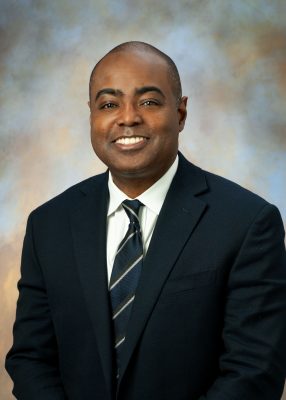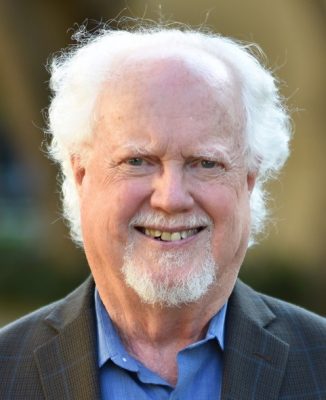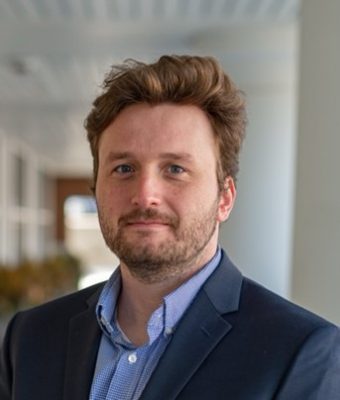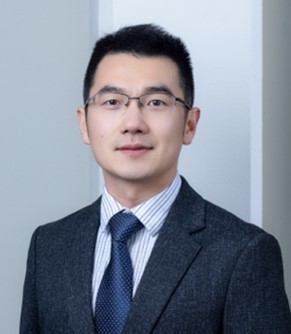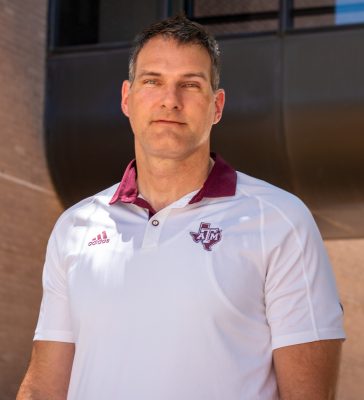 Protective Nanocoatings from Polyelectrolytes: Flame Retardancy, Gas Barrier, and High Voltage Insulation
Protective Nanocoatings from Polyelectrolytes: Flame Retardancy, Gas Barrier, and High Voltage Insulation
Date: October 24, 2025; Time: 2:30 PM Location: PWEB 175
Abstract: Layer-by-layer (LbL) assembly is a conformal coating technology capable of imparting a multiplicity of functionalities on nearly any type of surface in a relatively environmentally friendly way. At its core, LbL is a solution deposition technique in which layers of cationic and anionic materials (e.g. nanoparticles, polymers and even biological molecules) are built up via electrostatic attractions in an alternating fashion, while controlling process variables such as pH, coating time, and concentration. Here we are producing nanocomposite multilayers (50 – 1000 nm thick), having 10 – 96 wt% clay, that can be completely transparent, stop gas permeation, and impart extreme heat shielding to carbon fiber reinforced polymer composites. Similar multilayer coatings exhibit very high dielectric breakdown strength and good thermal conductivity, for protection of high voltage electronics. In an effort to impart flame retardant behavior to fabric using fewer processing steps, a water-soluble polyelectrolyte complex (PEC) was developed. This nanocoating is comprised of polyethylenimine and poly(sodium phosphate) and imparts self-extinguishing behavior to cotton fabric in just a single coating step. Adding a melamine solution to the coating procedure as a second step renders nylon-cotton blends self-extinguishing. A PEC of PEI and polyacrylic acid is able to achieve an oxygen transmission rate below 0.005 cm3/m2/day at 100%RH and a thickness of just 2 m. This is an all-polymer foil replacement technology. Examples of bio-based polyelectrolytes (e.g., chitosan and phytic acid), being used for these same applications, will be shown. These coating techniques can be deposited using roll-to-roll processing (e.g., flexographic printing, dip-coating, or spray-coating). Opportunities and challenges will be discussed. Our work in these areas has been highlighted in C&EN, ScienceNews, Nature, Smithsonian Magazine, Chemistry World and various scientific news outlets worldwide. For more information, please visit my website: https://grunlan-nanocomposites.com/
Biographical Sketch: Dr. Jaime Grunlan is the Leland T. Jordan ’29 Chair of Mechanical Engineering at Texas A&M University, where he has worked for more than 20 years. He holds joint appointments in the Department of Materials Science and Engineering and the Department of Chemistry. He is a world leader in organic thermoelectric materials, super gas barrier layers, and environmentally-benign, flame retardant nanocoatings. He holds 17 issued U.S. patents and several EU patents. He has published more than 230 journal papers, with more than 29,000 citations. His work has been highlighted in Smithsonian Magazine, Nature, and the New York Times. He is an Editor of the Journal of Materials Science and Progress in Organic Coatings, and Associate Editor of Green Materials. In 2018, Prof. Grunlan became a Fellow of the American Society of Mechanical Engineers (FASME) and was awarded a doctorate honoris causa (i.e. honorary doctorate) from the University of South Brittany (Lorient, France). In 2023, he became a Fellow of the American Chemical Society (FACS). In 2024, he became Fellow of the Polymer Chemistry (POLY) and Polymeric Materials: Science and Engineering (PMSE) Divisions of ACS. He also became a Fellow of the National Academy of Inventors (FNAI) in 2024.
